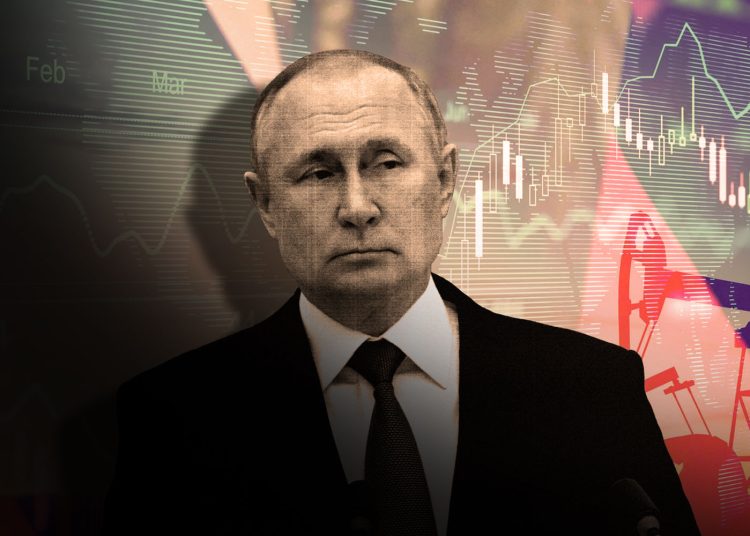The United States (US) and Russia, two of the world’s largest economies, have been experiencing significant economic challenges in recent years. A combination of factors, including political tensions, declining oil prices, and the global COVID-19 pandemic, have contributed to these struggles.
In this article, we will explore the current state of the US and Russian economies, the factors contributing to their challenges, and what the future may hold.
The State of the US Economy
The US economy, which is the world’s largest, has been struggling in recent years. The COVID-19 pandemic has had a significant impact on the economy, causing widespread job losses and leading to a recession.
Despite some signs of recovery, the US economy still faces several challenges. The unemployment rate remains high, and many businesses continue to struggle. In addition, there are concerns about the national debt, which has grown significantly in recent years.
The State of the Russian Economy
The Russian economy, which is heavily dependent on oil exports, has been struggling in recent years due to declining oil prices. The country’s GDP has been in decline since 2013, and the COVID-19 pandemic has only added to its economic challenges.

The Russian government has taken steps to address the country’s economic challenges, such as increasing spending on infrastructure and implementing economic reforms. However, these efforts have yet to lead to a significant improvement in the economy.
Factors Contributing to the Challenges
Several factors have contributed to the economic challenges facing both the US and Russia.
In the case of the US, the COVID-19 pandemic has been a significant factor. The pandemic has led to widespread job losses and a decline in consumer spending, which has had a ripple effect throughout the economy.
In addition, political tensions have also played a role. The Trump administration’s trade policies and tariffs, for example, have led to increased uncertainty for businesses and higher costs for consumers.
In the case of Russia, declining oil prices have been a significant factor. The country’s economy is heavily dependent on oil exports, and declining oil prices have had a significant impact on government revenue and the overall economy.
In addition, economic sanctions imposed by the US and other Western countries have also contributed to the country’s economic challenges.
The Future of the US and Russian Economies
The future of the US and Russian economies remains uncertain, as both countries continue to grapple with economic challenges.
In the case of the US, the Biden administration has outlined several economic policies aimed at addressing the country’s challenges. These include increased spending on infrastructure and social programs, as well as efforts to address income inequality.
In the case of Russia, the government has continued to implement economic reforms aimed at diversifying the country’s economy and reducing its dependence on oil exports.
However, the global COVID-19 pandemic remains a significant challenge for both countries, and its impact on the global economy is likely to be felt for years to come.
The US and Russian economies continue to struggle, with a combination of factors contributing to their challenges. The COVID-19 pandemic, declining oil prices, and political tensions have all played a role.
While both countries are taking steps to address their economic challenges, the future remains uncertain. The global economic impact of the pandemic will likely be felt for years to come, and both countries will need to navigate these challenges carefully in the coming years.
You may be interested in: Global Markets Start The Week Badly











